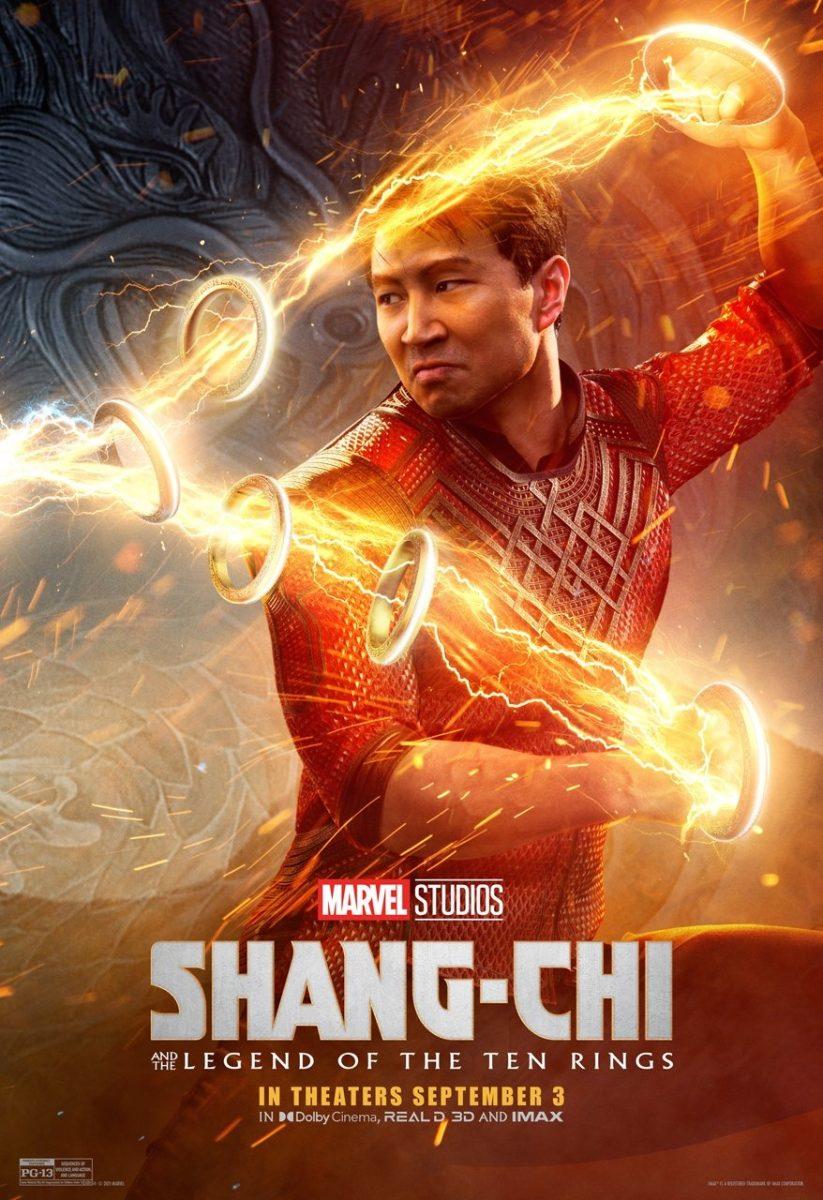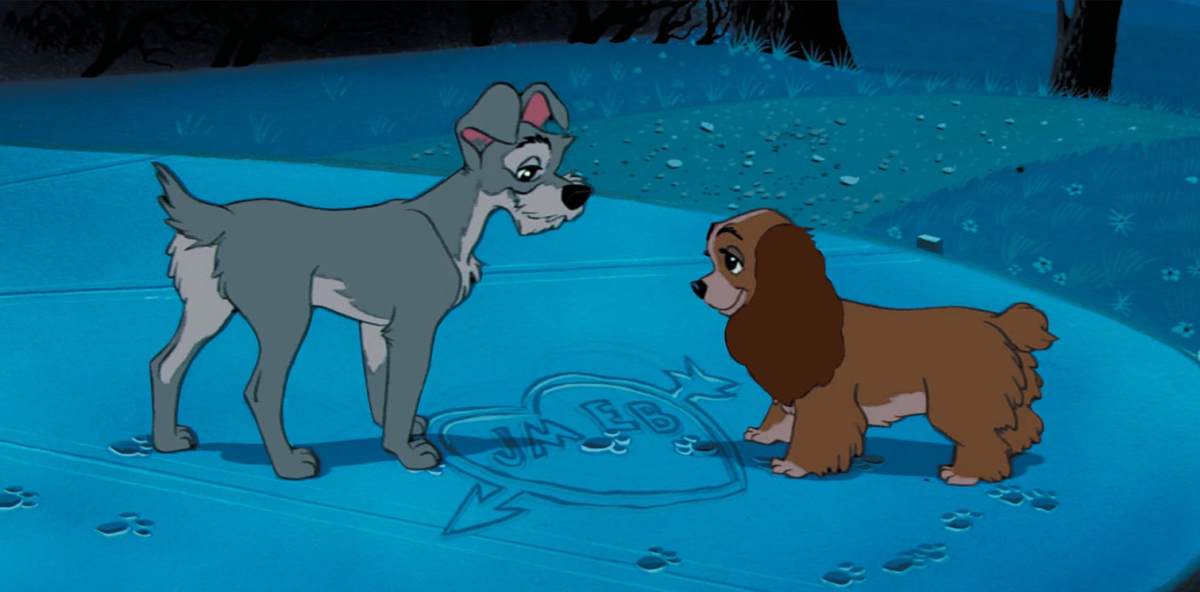“Shang-Chi and the Legend of the Ten Rings”, released Sept. 3, is a much needed breath of fresh air for the Marvel Cinematic Universe. It is a huge milestone as the franchise’s first film with an Asian lead and is also backed by a predominantly Asian cast. “Shang-Chi” goes beyond this, however, and manages to reground the MCU in reality — which might sound absurd to anyone who’s seen the film, but there’s a point to be made here.
The film introduces Marvel fans to Simu Liu’s Shang-Chi, a young Chinese man who’s been going by Shaun since he fled to America to escape his father, Tony Chiu-Wai Leung’s Xu Wenwu, the leader of the global terrorist army known as the Ten Rings. Shang-Chi and his best friend Katy, played by Awkwafina, are living life under the radar as valets and karaoke enthusiasts, until they are confronted by assassins sent by his father. Shang-Chi is then forced to reunite with his sister, Meng’er Zhang’s Xialing, and track down their mother’s village in the mystical realm of Ta Lo to protect it from their father, whose obsession would release an ancient terror upon the world.
One of the most enjoyable parts of any Marvel movie is its action sequences, with heroes utilizing various powers and/or tech to take down the villains. What “Shang-Chi” does, however, is employ something familiar to audiences: Kung Fu. Unlike arc reactors and spider powers, Marvel didn’t invent Kung Fu. Because it is familiar, it has the weight of recognition to support the characters of “Shang-Chi.” Kung Fu is a martial art, and the ability to wield it cannot be bestowed through outside means. It takes years of training to master. The film still has aspects of magic and supernatural power, but these are used to compliment the pre-existing abilities of the warriors. Remove them, and they’re still formidable fighters. They’re believable, and basing power in something familiar and real helps “Shang-Chi” and its characters to feel more human themselves.
This humanness works too in making the film more grounded. In “Shang-Chi,” the characters don’t feel like veteran heroes who are cracking jokes as they save the world. Awkwafina’s Katy is a fantastic example of this. She’s a valet who likes to go a bit crazy with her fun, all the while pretending she’s not bothered by her lack of achievement in life. The humor she exudes isn’t quippy but a natural extension of her personality, be it her playful teasing of Shang-Chi or her awkward yet endearing honesty. She’s genuine, and the rest of the cast is much the same. They don’t feel like saviors who hang out in their high castles but everyday people whom one might chat with on the street or ride the bus with.
The fact that the characters are ordinary people is the most important aspect of how “Shang-Chi” grounds itself, and the MCU, in reality. As mentioned before, it is their first film to feature an Asian actor in the lead role, surrounded by a mostly Asian cast. Like “Black Panther” before it, “Shang-Chi” is another turning point toward further diversification in the franchise, and films as a whole. People of color in the U.S. have long been kept out of the limelight in cinema, and it’s been a hard battle to change that. Films make a statement with who they cast, whether they intend to or not, and those of Asian descent have been underrepresented. The MCU is one of the biggest film franchises in the world, and therefore has a lot of power to shape ideas they want to show. To give the spotlight over to this community is a fantastic step toward normalizing diverse faces on screen and in our lives, both of which are greatly needed.
“Shang-Chi and the Legend of the Ten Rings” is a pivotal and necessary addition to the MCU that feels refreshingly natural, even with its fantastical elements. It serves Marvel Studios’ goal of bringing realistic diversity to their films and giving voices to racial groups traditionally sidelined. The action and characters help make the film incredibly fun, and viewers will be left wanting more.










